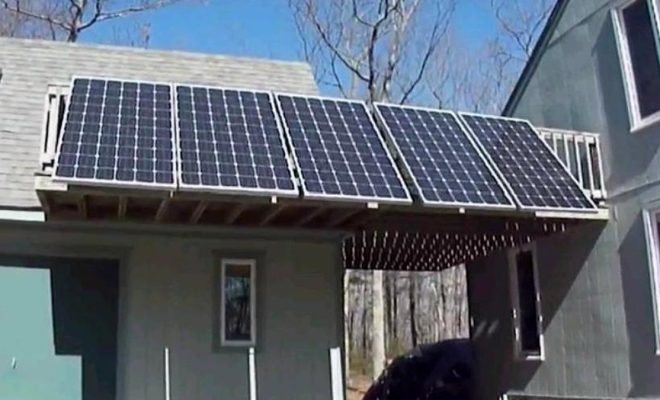Fiber Optic vs. 5G: Why Wired Connections Still Reign Supreme

Introduction
As the world continues to become more digitally connected, high-speed internet has become an essential service for both individuals and businesses. There are currently two major players in this race for faster internet: fiber optic connections and 5G wireless technology. While 5G has garnered extensive media attention in recent years, fiber optic connections still hold undisputed advantages. This article will discuss the strengths and weaknesses of both technologies and why fiber optic connections continue to be the dominant choice for reliable, high-speed internet.
Fiber Optic Connections
Fiber optic connections rely on strands of glass or plastic that transmit data through pulses of light. Since light travels extremely fast, these connections can provide exceptional bandwidth and incredibly low latency. Some benefits of fiber optic include:
1. Unparalleled Speed: Fiber optic connections can provide speeds of up to 10 gigabits per second (Gbps), making it perfect for activities requiring high bandwidth, such as video streaming or competitive online gaming.
2. Low Latency: With latencies as low as one millisecond (ms), users experience virtually no lag or delay when using fiber optic connections.
3. Connection Stability: Fiber optics are less susceptible to interference from other networks or radio signals, resulting in a consistent and stable connection.
4. Scalability: As network requirements grow, fiber optics can be easily upgraded to accommodate increased demand without the need for expensive infrastructure overhauls.
5G Wireless Networks
On the other hand, 5G wireless technology is a promising new development that aims to deliver faster wireless speeds and improved network performance over its predecessor, 4G LTE. This technology offers:
1. Enhanced Mobility: As a wireless connection, 5G allows users to access high-speed internet on the go, without the need for a physical connection.
2. Faster Speeds Than Previous Network Generations: 5G is expected to achieve speeds of up to 20 Gbps – twice the potential of fiber optics. However, these top speeds are not universally attainable and depend on factors such as network congestion and signal strength.
3. Improved Latency: 5G networks are designed to provide lower latencies than 4G LTE, with estimates ranging from 1 to 4 milliseconds.
4. Network Slicing: This feature allows operators to allocate different amounts of bandwidth for different applications, enabling more efficient network resource management.
Why Fiber Optic Connections Still Reign
Though 5G promises impressive technological advancements, fiber optic connections continue to hold key advantages that make them the superior choice for reliable, high-speed internet.
1. Consistent Performance: Unlike 5G networks that could be impacted by network congestion or signal strength, fiber optic connections deliver consistent bandwidth and low latency regardless of external factors.
2. No Data Caps: Many wireless plans have data caps or throttling restrictions, while most fiber optic plans offer unlimited data usage without any limitations.
3. Security: Fiber optic connections have a physical barrier against unauthorized access and are less vulnerable to hacking when compared to wireless networks.
Conclusion
While both fiber optic connections and 5G wireless technology boast remarkable capabilities for high-speed internet access, the wired connection remains unbeatable in terms of performance consistency, security, and freedom from data caps. As such, it’s no surprise that fiber optic technology continues to reign supreme in providing a seamless online experience for both residential and commercial users.



